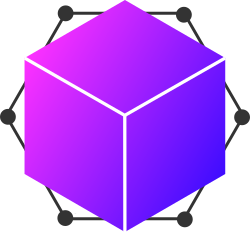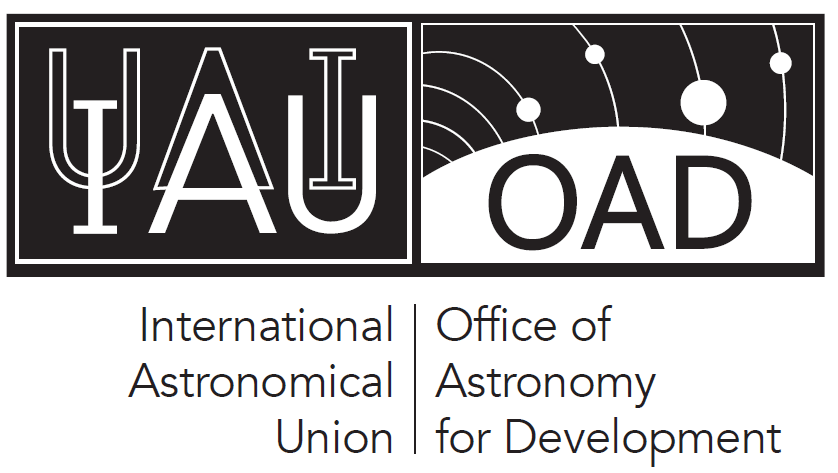The overall objective of this toolkit is to provide a foundation for a “common language” between the data science and astronomy communities. The toolkit should help astronomers get a sense of the breadth of data science (as a field and in its applications) and see where their skills and knowledge fit into this wider view; and should help data scientists and those in need of data scientists (e.g. companies, NGOs) see what astronomers can contribute.
More specifically, the toolkit will provide
- A map to existing data science resources, so that those planning data science instruction programmes in astronomy are aware of what has already been done and what can be covered.
- A high quality teaching resources and assessments, for student- and self-assessment.
- Instructors with easily accessible guidance and further information on how to teach effectively and inclusively.
We are looking for contributors who are willing to share their teaching materials. In particular, we are looking for teaching materials which use astronomical examples to teach data science concepts. Simply fork the repository, add your content and create a pull request. If you have material, but don't know how to contribute your work on github, please feel free to check out this guide or contact Dr. Paul A. Wilson for help. Contributors are to adhere to the Contributor Covenant Code of Conduct.
- Dr. Paul A. Wilson, University of Warwick, U.K.
- Dr. Vanessa McBride, OAD, SA
- Dr. Arun Aniyan, SKA South Africa
- Dr. Bruce Becker, Meraka Institute, CSIR, SA
- Dr. Michelle Lochner, AIMS, SA
- Dr. Shea Brown, University of Iowa, USA
- Dr. Sean February, CHPC, SA
- Dr. Pierre-Yves Lablanche, AIMS, SA
- Dr. Rob Lyon, University of Manchester, UK
- Prof. Anna Scaife, University of Manchester, UK
- Dr. German Chaparro-Molano, Universidad ECCI, Colombia
- Prof. Jaime Forero-Romero, Universidad de los Andes, Colombia
The toolkit itself is hosted on GitHub. To add your materials to the toolkit follow this guide. To understand more about how the toolkit works, take a look here.
The Office of Astronomy for Development (OAD) is a global office that is mandated to use astronomy to drive positive developmental change. This office was established through a joint partnership between the International Astronomical Union (IAU) and the South African National Research Foundation (NRF). It was inaugurated on 16 April 2011 at its location in the South African Astronomical Observatory. The purpose of the OAD is to implement the IAU’s Strategic plan 2010-2020 “Astronomy for Development”. This plan describes the potential of Astronomy to contribute to sustainable development. The OAD was established to mobilise the necessary human and financial resources in order to realise the field’s scientific, technological and cultural benefits to society.
The OAD is tasked with establishing and strategically coordinating Regional Offices and Language Expertise Centres across the world, as well as initiating, supporting and funding programmes in three core areas: Astronomy for Universities and Research, Astronomy for Children and Schools, and Astronomy for the Public.
For more information on the OAD including current projects and how you can contribute please visit www.astro4dev.org.
Licensed under the GPLv3.

